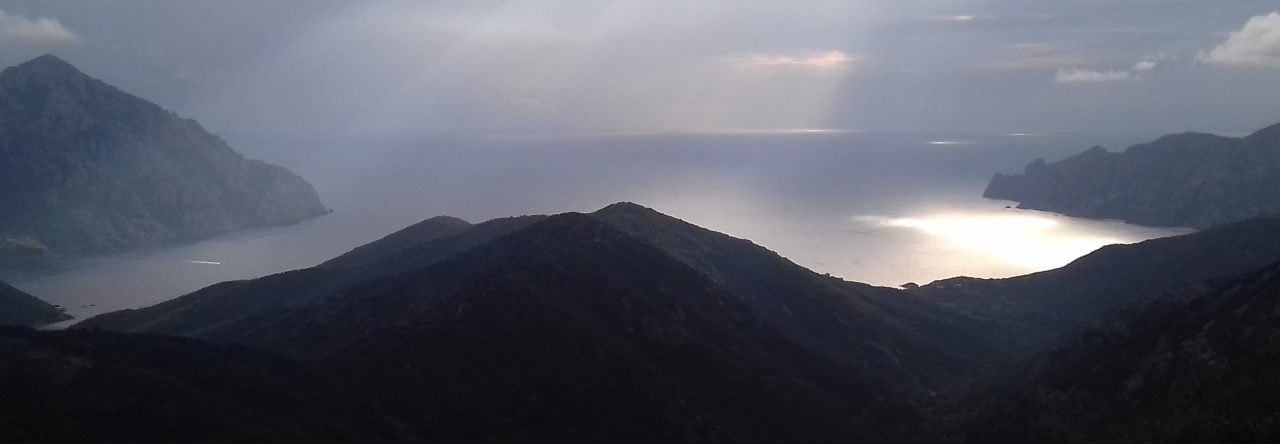At first we blamed Franco – well you would wouldn’t you? Who else would punish an impoverished region by failing to complete a railway that would have opened up the interior to trade and commerce with the cities on the coast because of the strength of republican resistance during the civil war? This apparent act of omission seemed typically cynical and nasty as the railway was nearly ready to go – the track bed was complete, along with numerous tunnels, viaducts, station buildings, platforms and goods sheds. All it needed was rails, signalling infrastructure and of course engines, trucks, carriages and staff.
We cycled the 36.5 km up the well maintained track bed of the via verde de la sierra (an overall ascent of 300m) from Puerto Serrano to Olvera through fantastic rolling hillsides of golden wheat and beneath rocky crags that provides the perfect perches and nesting sites for hundreds of gryphon vultures. We were very grateful for the shade provided by the 30 intact tunnels and for the refreshments purchased from the cafes which had been established in the station buildings.
We learnt a lot about gryphon vultures at the Observatorio ornitologico de Zaframagon, watching live cams trained on nests high above us on the crags and witnessing their effortless upward glides on thermals that reduced them to shrinking spots high in the sky. It was here that we were told about the railway that never ran any trains and that this failure had resulted in a rather positive unintended consequence – the maintenance of an extensive area of wild habitat where gryphon vultures could thrive.
Whilst the (very) part time twitcher in me could appreciate this fortunate turn of events, the boyhood train enthusiast couldn’t but help feel a little sad at the thought of a railway so nearly completed and the adult (distinctly amateur) historian feel aggrieved at the lost opportunity to modernise and reduce what had been crushing poverty in the region.
I did smile to myself a bit about what Franco would think about it all now – millions of euros sunk into maintaining a cycle trail that has formed part of an infrastructure to support a very different type of tourism to that which he developed on the Costas. But then I checked out the history of the railway – to find out that construction commenced in 1926 during the brutally right wing dictatorship of Primo de Rivera and was abandoned following the economic collapse that accompanied the abdication of the monarch in 1931 and the establishment of the second republic. Overwhelming support for a government made up of socialists and liberals committed to land and agricultural reform predictably produced reactionary wrecking from the church, military, landowners and the owners of capital. A well organised (illegal) capital flight resulted in economic crisis and a run on the Peseta which undermined faith in what was a progressive administration, with the result that the Right regained control in 1933 – only to lose power in 1936 to a centre left coalition. The rest, as they say ……
Thus the fate of the Jerez to Malaga railway was decided a number of years before Franco took the decisive step in airlifting troops from North Africa into southern Spain to shore up a tottering counter revolution that is now known as the Spanish Civil War. Its demise was not the result of a dictator’s revenge against a republican region, but of an earlier attempt to de-rail progressive politics through economic sabotage by a ruling class that was later shown to be prepared to do what-ever was required to prevail.

Leave a Reply